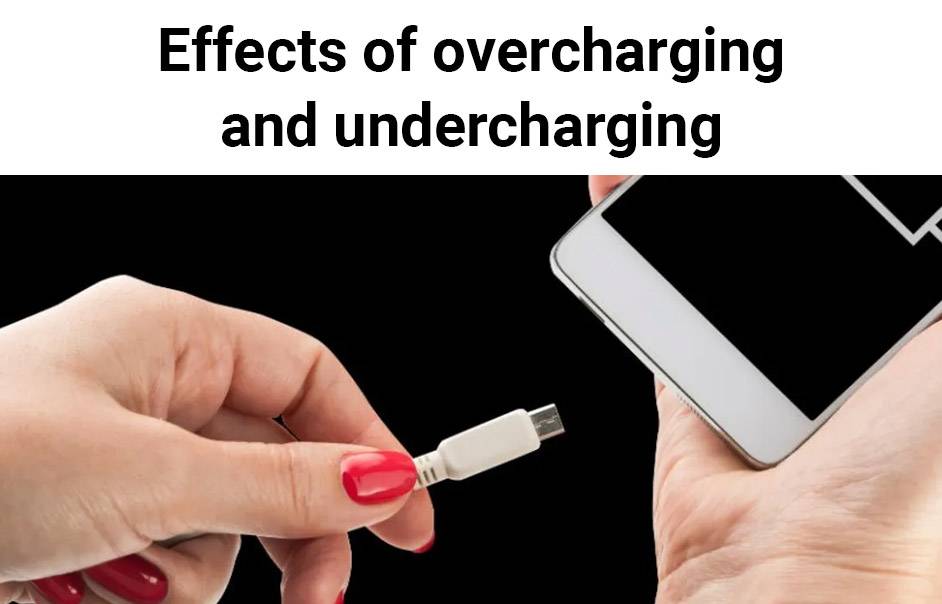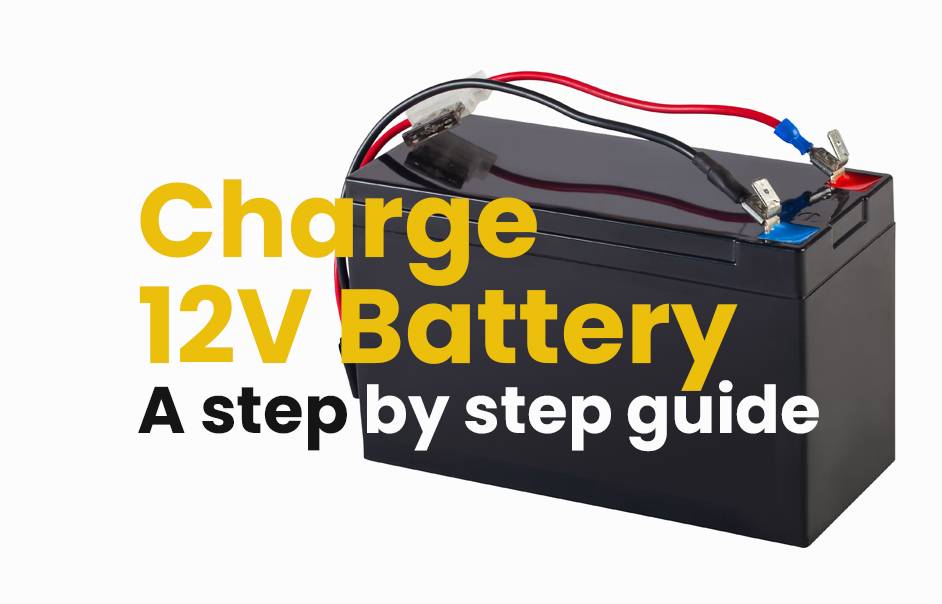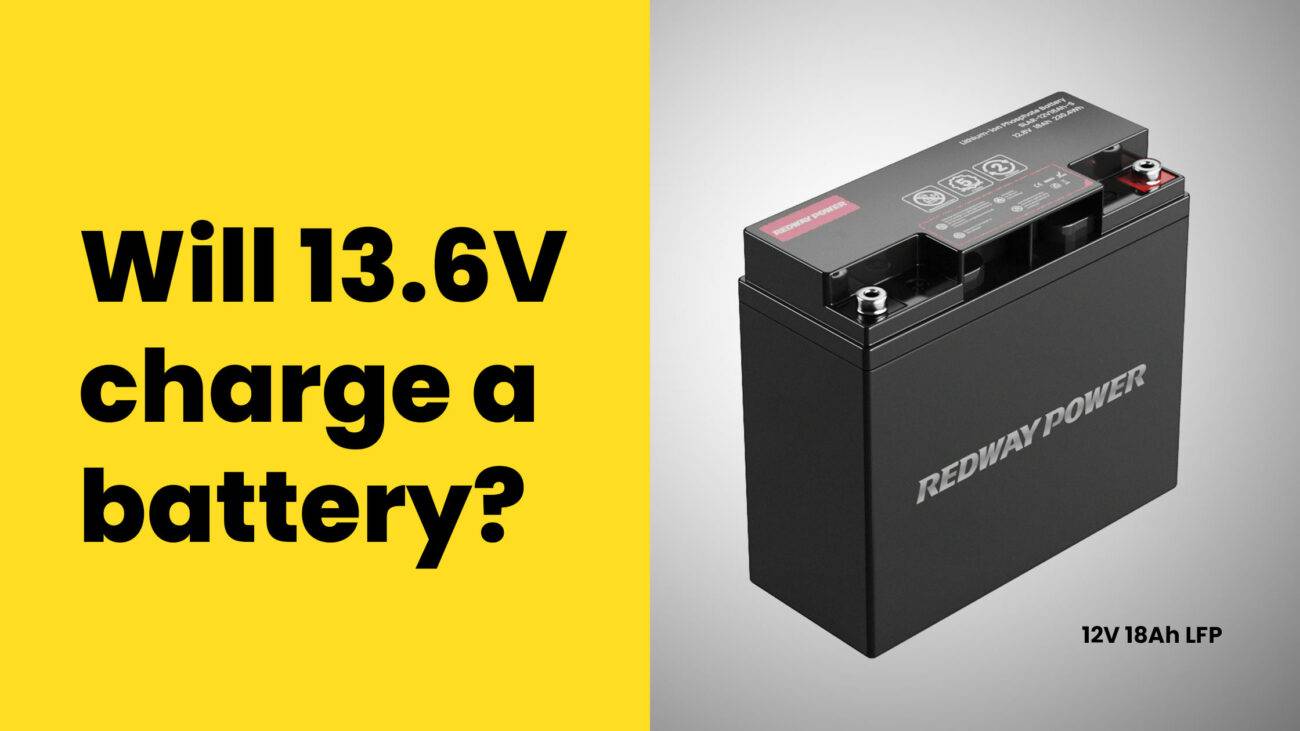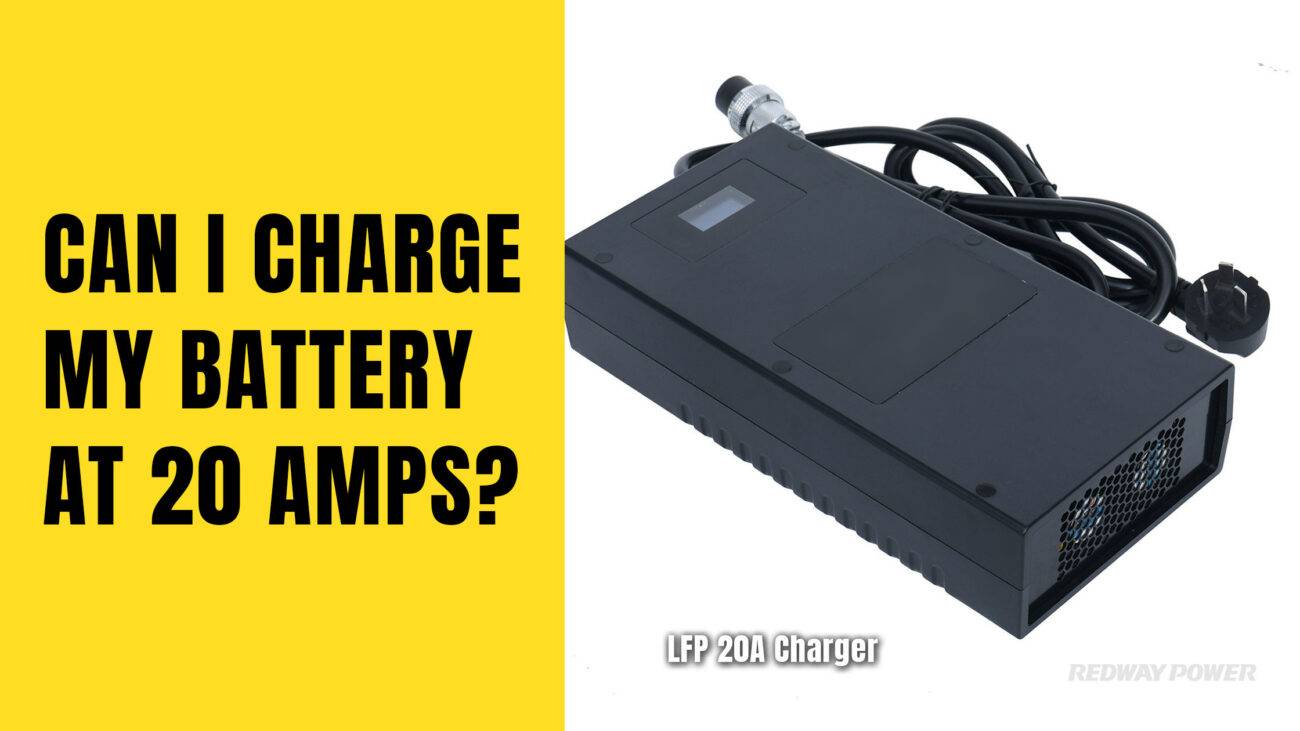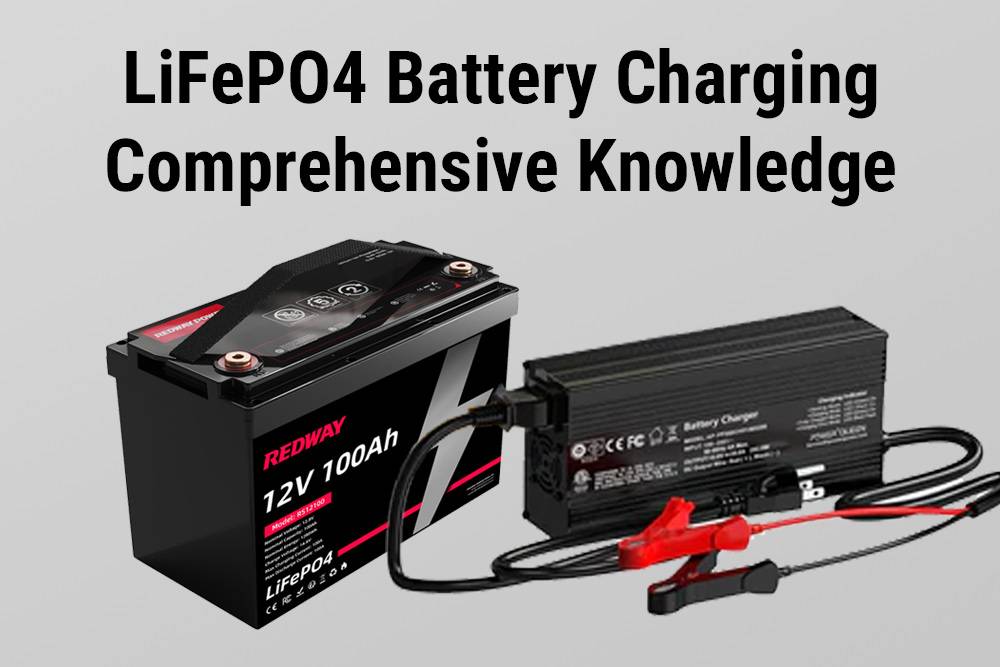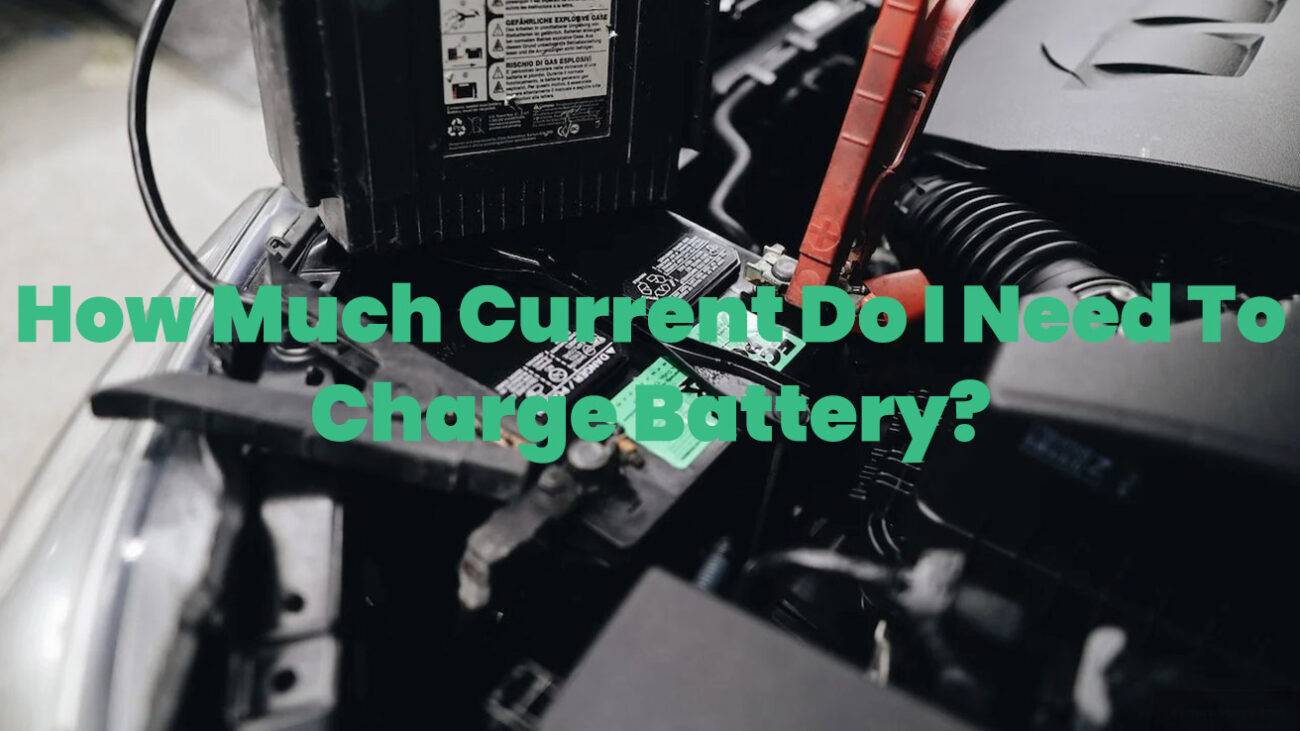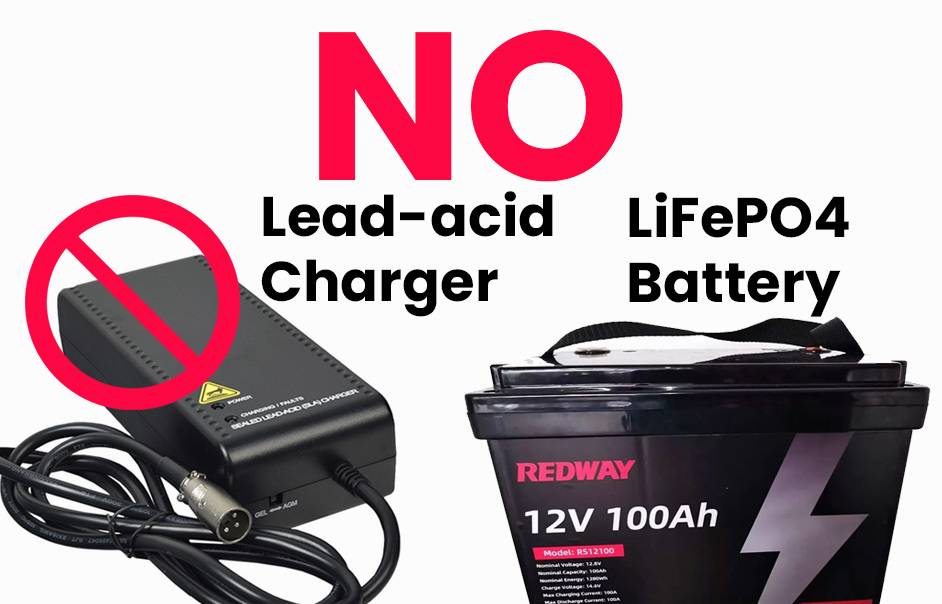- Forklift Lithium Battery
- Golf Cart Lithium Battery
- Rack-mounted Lithium Battery
51.2V 100Ah Rackmount LiFePO4 Battery
8000 times (80% DOD 0.5C)
Optional SNMP for TELECOM - Car Starter Battery
- 12V LiFePO4 Battery
12V 150Ah Lithium RV Battery
Bluetooth App | Self-heating
LiFePO4 | Group 31
UL 1642 | IEC 62619 - 24V LiFePO4 Battery
- 36V LiFePO4 Battery
- 48V LiFePO4 Battery
- 60V LiFePO4 Battery
60V 100Ah Lithium Battery (AGV, AMR, LGV)
Peak Discharge Current 400A
500 x 298 x 349 mm - 72V~96V LiFePO4 Battery
72V 100Ah Lithium Golf Cart Battery
Peak Discharge Current 315A (10S)
740 × 320 × 246 mm - Wall-mounted Lithium Battery
51.2V 100Ah 5kWh
Wall-mounted Battery532 x 425 x 170 mm / LiFePO4
>8000 Cycles (80% DOD 0.5C)
RS485 / CAN-bus
for Solar Home ESS - Home-ESS All-in-One
51.2V 32kWh
All-in-On HESS SystemPowerAll
51.2V / LiFePO4
>8000 Cycles (80% DOD 0.5C)
RS485 / CAN-bus / WiFi
All-in-One for Home ESS
What Is the Best Battery Percentage to Charge for Longevity?
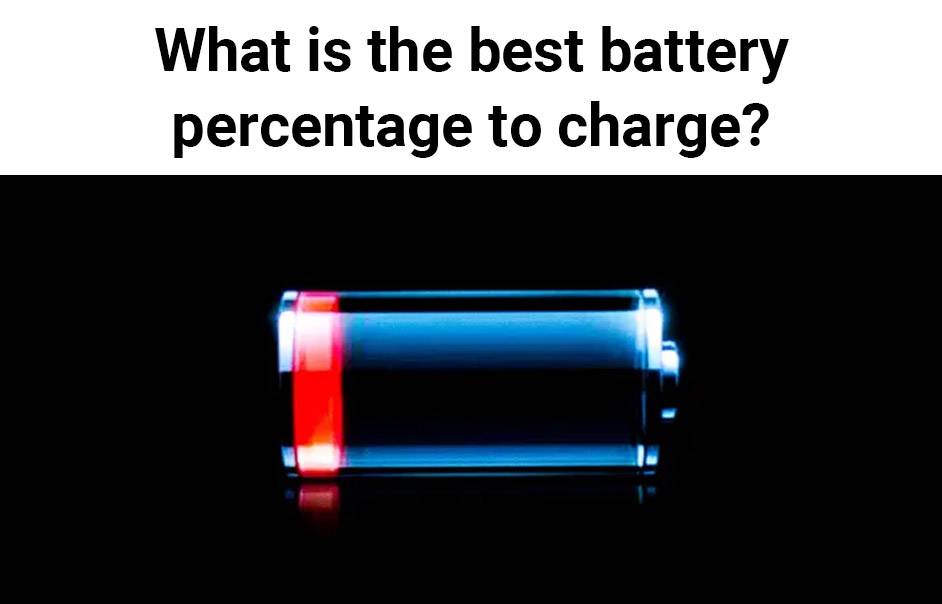
Maintaining the right battery percentage is crucial for extending the lifespan of lithium-ion batteries, commonly used in smartphones and electric vehicles. The ideal charging range is typically between 20% and 80%, which helps optimize performance and longevity.
Why is maintaining optimal battery percentage important for lifespan?
Maintaining an optimal battery percentage is essential for prolonging the lifespan of lithium-ion batteries. Keeping your battery charged between 20% and 80% minimizes stress on the cells, reducing wear and tear over time. This practice can significantly increase the number of charge cycles a battery can undergo before its capacity begins to diminish.Battery Lifespan Chart
| Charge Level (%) | Estimated Lifespan (Cycles) |
|---|---|
| 0-20 | 300-500 |
| 20-80 | 500-1500 |
| 80-100 | 300-500 |
What are the recommended charging levels for lithium-ion batteries?
The recommended charging levels for lithium-ion batteries are between 20% and 80%. This range strikes a balance between usability and longevity, allowing users to enjoy their devices without frequently worrying about recharging. Charging to full capacity (100%) or letting it drop below 20% can lead to faster degradation of the battery’s health.
How does overnight charging affect battery health?
Overnight charging can be detrimental to battery health if done regularly. While many people plug in their devices before bed, this practice often leads to prolonged exposure at or near full charge, which stresses the battery. To mitigate this, enabling features like Optimized Battery Charging on smartphones can help manage how long the device stays at full charge by delaying it until just before you wake up.Overnight Charging Impact Chart
| Charging Habit | Effect on Battery Health |
|---|---|
| Overnight Charging | Increased wear over time |
| Partial Day Charging | Reduced stress on cells |
| Optimized Charging | Maintains health effectively |
Which charging habits can prolong battery life?
To prolong battery life, consider adopting these charging habits:
- Avoid Full Charge Cycles: Instead of charging from 0% to 100%, aim for partial charges throughout the day.
- Charge Regularly: Topping up your battery when it reaches around 50% can help maintain optimal levels.
- Use Smart Charging Features: Many devices have built-in features that optimize charging patterns based on your usage habits.
- Limit Fast Charging: While convenient, frequent use of fast chargers can generate heat, which negatively impacts battery health.
What role does heat play in battery degradation?
Heat is one of the primary enemies of lithium-ion batteries. High temperatures accelerate chemical reactions within the cells, leading to faster degradation and reduced capacity over time. Keeping devices cool during charging—by avoiding direct sunlight and not covering them—can significantly enhance their longevity.Heat Impact Chart
| Temperature Range (°C) | Capacity Retention After One Year (%) |
|---|---|
| 25-40 | 85-96 |
| Above 40 | Drops significantly |
| Above 60 | Severe degradation in three months |
How can you calibrate your battery for accurate readings?
Calibrating your battery helps ensure that your device accurately reflects its charge level. To calibrate:
- Charge your device to 100% and leave it plugged in for a few hours.
- Use your device until it shuts down due to low power.
- Leave it off for several hours before fully recharging it again without interruption.
This process helps sync the actual state of charge with what your device displays, ensuring more reliable performance.
Conclusion
Understanding the best practices for charging your lithium-ion batteries is crucial for maximizing their lifespan and efficiency. By keeping your charge levels between 20% and 80%, avoiding overnight charges, managing heat exposure, and regularly calibrating your device, you can significantly enhance its performance over time.
FAQ Section
- What is the ideal range to keep my phone’s battery charged?
The ideal range is between 20% and 80% to maximize lifespan. - Is it bad to leave my phone plugged in overnight?
Yes, consistently leaving it plugged in overnight can stress the battery due to prolonged full charge exposure. - How often should I calibrate my phone’s battery?
Calibrating is generally unnecessary but may be beneficial if you notice inaccurate readings; doing it once every few months is sufficient. - Does heat really affect my phone’s battery life?
Absolutely; high temperatures can accelerate degradation significantly, so keep devices cool while charging.

















